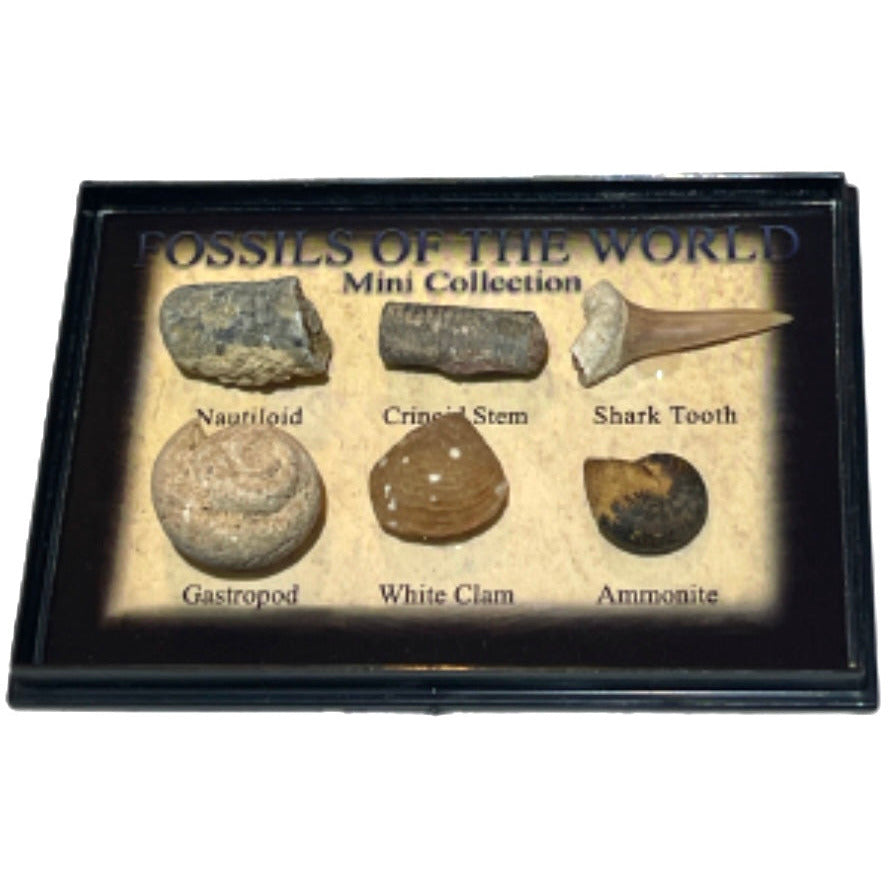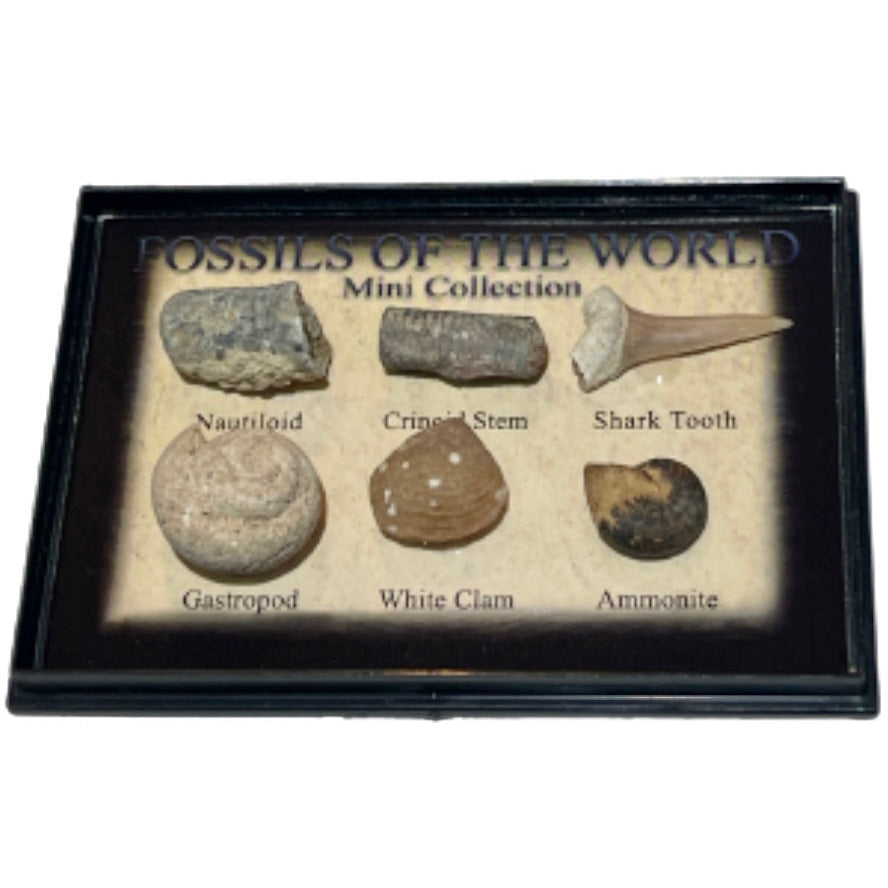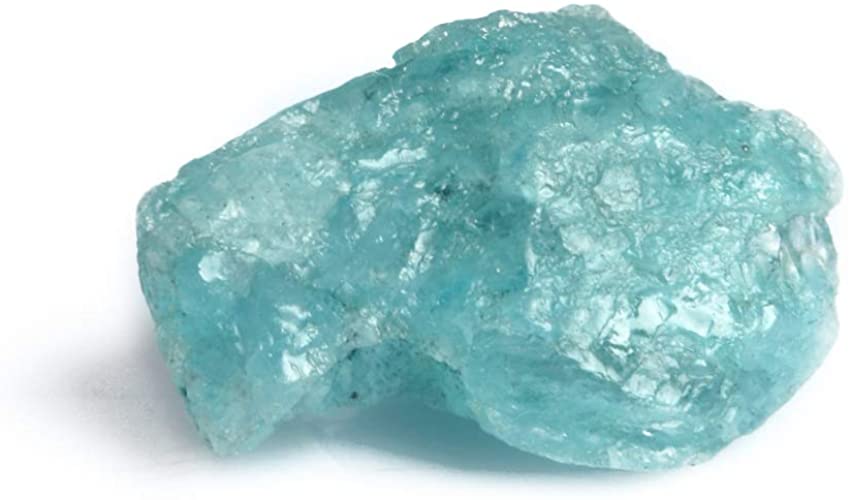Fossils of the World
Fossils of the World
Couldn't load pickup availability
Genuine Fossils of the World are uniquely packaged in neat plastic container. The mini fossils collations consist of 6 genuine fossils.
Nautiloids are cephalopods, a type of mollusk. They are related to the modern squid, octopus, cuttlefish, and nautilus. Ammonites, a popular fossil for collectors, are also cephalopods but they lived later, from 240 million years ago to 66 million years ago. The few surviving species are found in seas around Australia and the Philippines.
Crinoids Stems are marine animals belonging to the phylum Echinodermata and the class Crinoidea. They are an ancient fossil group that first appeared in the seas of the mid Cambrian, about 300 million years before dinosaurs. They flourished in the Palaeozoic and Mesozoic eras and some survive to the present day. Most common crinoid fossils are the stem pieces. These are abundant in eastern Kansas limestones and shales.
Shark Teeth in this collection known as grasping teeth. Grasping teeth are long and pointy; ideal for grasping fleshy fish. Most fossil shark teeth in local creeks are about 9-10 million years old, and there are a few places where even older specimens are found. Fossilized shark teeth can often be found in or near river bed banks, sand pits, and beaches.
Gastropods are snail-like and slug-like invertebrate (lacking a backbone) animals, and are types of mollusks. Snails have hard mineral shells; slugs lack shells. Because fossils mostly represent the hard parts of organisms, snails are the most common types of gastropod fossils. They are found in freshwater, brackish, marine, and terrestrial environments, and are the most diverse class of mollusks.
White Clams Their fossils first appear in rocks that date to the middle of the Cambrian Period, about 510 million years ago. Although the group became increasingly abundant about 400 million years ago during the Devonian Period, bivalves really took off following the massive extinction at the close of the Permian Period. Researchers Find Living Clam Thought to Have Gone Extinct Thousands of Years Ago. Marine ecologist Jeff Goddard was searching for sea slugs in the tide pools of a California beach near Santa Barbara when something strange caught his eye: two tiny translucent white clams.
Ammonite is a stone of protection that brings about a circulation of energy that helps you relieve any trauma. Ammonite's powers will provide you with a dynamic kind of stability. This fossil helps deepen your meditative experience, making it possible to achieve balance in your body, mind, and spirit. were shelled cephalopods that died out about 66 million years ago. Fossils of them are found all around the world, sometimes in very large concentrations. Ammonites have been found almost everywhere on the planet, Antarctica is well-known for its rich ammonite fossil sites.
The 6 minii collations comes in it own box, Ideal gift for the future geologists.
Share







